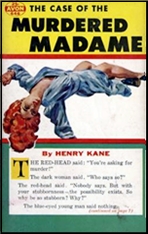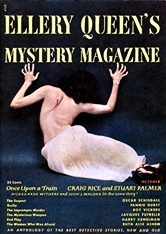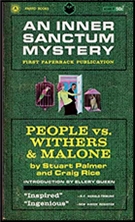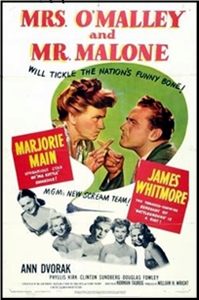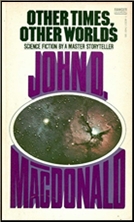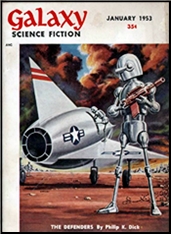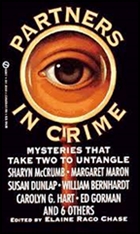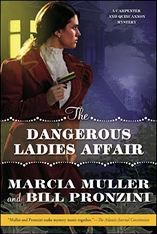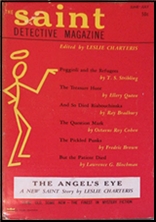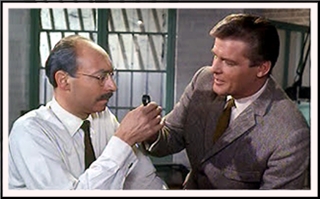Sat 15 Jul 2023
SF Stories I’m Reading: FREDERIK POHL “Servant of the People.â€
Posted by Steve under Science Fiction & Fantasy , Stories I'm Reading[9] Comments
FREDERIK POHL “Servant of the People.†First published in Analog SF, February 1983. Collected in Midas World (St, Martin’s Press, hardcover, 1983) and Platinum Pohl (Tor, hardcover, 2003). Reprinted in The Best Science Fiction of the Year #13, edited by Terry Carr (Baen, paperback, August 1984). Nominated for a Hugo for Best Short Story, 1984.
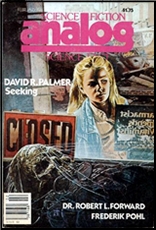
Sometime in the near future, standing at a point in time circa 1983, a US Congressman, having served in that role for over twenty terms, begins his campaign for yet another election cycle. Although it is becoming harder, he enjoys campaigning, meeting people, kissing babies, endless meals out at greasy diners, the whole bit.
To his mind, his greatest achievement is having been instrumental in passing a law allowing robots to vote, even those coming fresh off the assembly line.
Imagine his loving wife’s consternation, then, when they discover his newest opponent is … a robot itself.
Given this basic premise, I have a feeling that everyone reading this will have their ow ideas of how the story should take place from here. And I also suspect it won’t be very much different from the one I imagined it would be, which in turn was awfully close to the one that SF Grand Master Frederik Pohl wrote.
Speaking for myself only, the story Pohl wrote is yards better than anything I might have come up with. While not up there at, say a Hemingway level, Pohl was a master of crisp clear prose with a keen visionary and often sardonic eye on what the future might bring for this country, if not the entire world.
The only thing wrong with this tale, from my point of view is the premise. Passing a law in this country that would allow robots to vote? No way, no how.
This is a theoretical exercise only. A “what if†proposition carried to a logical conclusion, and of course, there’s nothing wrong with that. To my mind, it’s precisely what serious science fiction is/was designed to do.
Rating: B plus
PostScript: I read this in Terry Carr’s Best of the Year anthology for 1983, published exactly forty years ago. That’s a nice round number. I will have to wait and see, but at the moment I’m planning to continue working my way through it and reporting back here as I go. Don’t change that dial!
